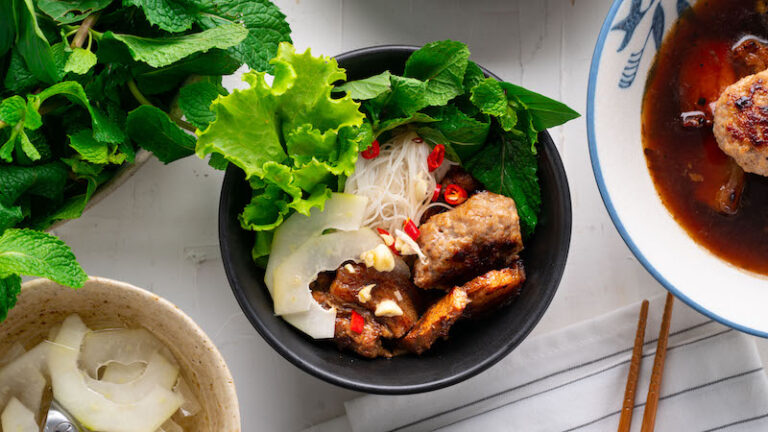Introduction: Exploring Holy See Cuisine
Holy See, commonly known as the Vatican City, is the smallest independent state in the world. It is the center of the Catholic Church and home to the Pope. Apart from its religious significance, the Vatican also has a rich cultural heritage, including its diverse cuisine. Despite its small size, the Holy See has a unique culinary tradition that reflects the influences of various cultures. In this article, we explore the question of whether there are any influences from Mediterranean cuisine in Holy See dishes.
The Mediterranean Connection: History and Context
The Holy See is located in the middle of Italy, on the western coast of the Mediterranean Sea. The region has been inhabited by various cultures, including the Etruscans, Greeks, and Romans, over the centuries. These cultures have left their mark on the local cuisine, which has evolved over time. The Mediterranean region, including Italy, France, Spain, and Greece, has a shared culinary history that is characterized by the use of olive oil, tomatoes, garlic, and herbs. These ingredients are used extensively in Holy See cuisine, which suggests that there may be some influences from Mediterranean cuisine.
Key Ingredients: Similarities and Differences
Holy See cuisine is characterized by the use of fresh and high-quality ingredients. The local cuisine is primarily based on Italian and Roman dishes, which are characterized by the use of olive oil, tomatoes, garlic, and herbs. These ingredients are also commonly used in Mediterranean cuisine. However, there are some differences between the two cuisines. For example, the local cuisine is known for its use of meat and fish, while Mediterranean cuisine is known for its use of vegetables and fruits. Additionally, Holy See cuisine has some unique ingredients, such as quail eggs and wild boar, that are not commonly used in Mediterranean cuisine.
Holy See Dishes with Mediterranean Roots
There are several Holy See dishes that have their roots in Mediterranean cuisine. For example, the Caprese salad, which is a popular dish in the Vatican, is made with fresh tomatoes, mozzarella cheese, and basil, and is a classic Italian dish. Another dish that has its roots in Mediterranean cuisine is the Cacciatora, which is a chicken dish that is traditionally made with tomatoes, garlic, and herbs. The use of these ingredients is a hallmark of Mediterranean cuisine.
Culinary Techniques and Traditions
The culinary techniques and traditions used in Holy See cuisine also reflect the influence of Mediterranean cuisine. For example, the use of olive oil as a primary cooking medium is a characteristic of Mediterranean cuisine, and it is widely used in Holy See cuisine as well. Additionally, the emphasis on simplicity and freshness, which is a hallmark of Mediterranean cuisine, is also reflected in Holy See cuisine.
Conclusion: Appreciating Holy See’s Diverse Culinary Heritage
In conclusion, Holy See cuisine reflects the diverse influences of various cultures, including Mediterranean cuisine. The use of fresh and high-quality ingredients, the emphasis on simplicity and freshness, and the use of olive oil are all characteristics that are shared between the two cuisines. However, Holy See cuisine also has its unique ingredients and traditions that make it a distinct culinary tradition. By appreciating the diverse culinary heritage of the Holy See, we can gain a deeper understanding of its culture and history.

